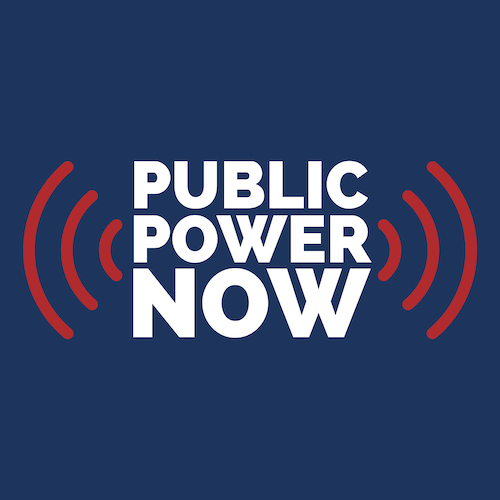Quantum computing technology has, for the first time, been integrated into an electric grid research platform, according to researchers at the National Renewable Energy Laboratory.
Researchers have found that the electric power system is so complex that even supercomputers struggle to efficiently solve certain optimization problems.
“With the huge amount of ways energy can now be generated and supplied, it is very important to handle so many inputs and outputs, but classical computing-based optimizers are not designed to handle an exponential scale-up in input parameters that the industry is expected to witness in the next two decades,” Sayonsom Chanda, a power system engineer at NREL, said in a statement. “We’re talking millions of inputs and outputs; that’s when classical computers start showing their limits, and quantum computers their benefits.”
With funding from the Department of Energy’s Office of Energy Efficiency and Renewable Energy, and in collaboration with RTDS Technologies and Atom Computing, NREL says it has debuted an open-source interface that it says allows researchers to perform “quantum-in-the-loop,” as opposed to hardware-in-the-loop, simulations that are used to help optimize the performance of the electric grid.
When modeling the grid, every electric vehicle, home appliance, or sensor is a potential variable because their data interact and coevolve in such convoluted ways that even a query into the grid’s available power becomes computationally difficult, NREL said.
The new interface simplifies the process of translating optimization problems into quantum variables and facilitates communication from quantum computers to power system simulations, the researchers said. As interest in quantum computing amplifies, the interface will help scientists classify the sorts of problems that can be solved by quantum computers and evaluate them in live experiments, NREL said.
In conjunction with its Advanced Research on Integrated Energy Systems tool, NREL said it can run quantum in-the-loop within highly realistic power systems. It could be “an important next step for using quantum computing to optimize electric grid operations with the interconnection of increasingly complex distributed energy resources,” NREL said.
“The first optimization problem that we want to tackle is how best to draw power from different sources,” Chanda said. “You have some resources more closely located to certain loads and others that make more economic sense to deploy. Perhaps quantum computing can determine how to quickly switch power sources for resilience and efficiency.”
Quantum computing is still very early-stage, and its value for power systems remains unproven, but that is precisely why this interface is so useful, NREL said. “It is critical for utilities to field test and adopt next generation technologies, and quantum computing is no exception,” Chanda said. “This interface is an enabler for future research into emerging grid problems.”

